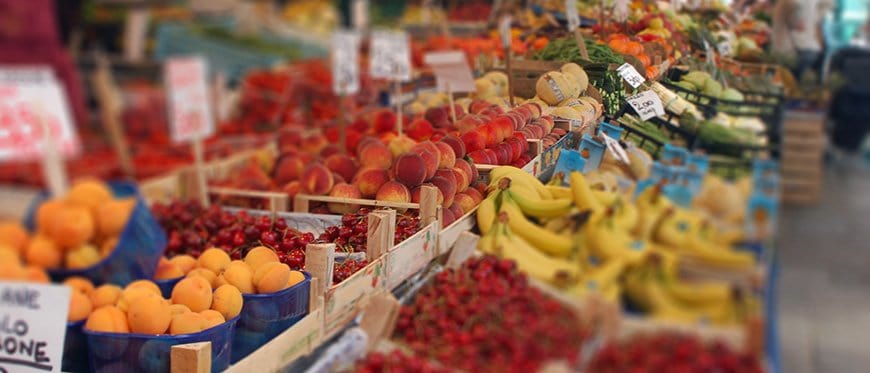Forget farm-to-table. The latest, or at least the most disturbing, food trend is farm-to-landfill. One study estimates that America loses “up to 40% of its food from farm-to-landfill.” The cause? According to multiple research reports, it’s all about cosmetics.
This image problem creates an avalanche of waste all along the American food chain. Up to 10.1 million tons of food never even makes it off the farm, because it doesn’t meet strict buyer requirements about size or appearance. And too much of what does make it to market still goes in to the garbage, for a total of between 125 and 160 billion pounds of food ending up uneaten, annually.
Even ignoring the ethics of allowing so much food to be wasted in a hungry world, the resulting economic loss is too serious to ignore. It costs an estimated $218 billion to grow, process, transport, and dispose of all that uneaten food (not to mention the environmental impact). Fortunately, forces large and small are taking note and creating change.
From the Feds to foodies, ugly food is gaining fans
In recognition of the scope of the wasted-food problem, the federal government set a goal of reducing overall food waste by 50% as of 2030. Food giants like the distributor Sysco and the processor Compass Group responded with significant initiatives, the former introducing a new line of “Unusual but Useable” produce, and the latter introducing its Imperfectly Delicious Produce program.
Grocery stores are getting in to the act, too. In the U.S., heartland stalwarts such as Hy-Vee and Giant stores are investing in “ugly produce” efforts, in the mold of international offerings already in market. Intermarche, the French retailer, created the Inglorious Fruits and Vegetables campaign (Les Fruits et Légumes Moches), offering consumers less-than-perfect produce at a 30% discount. Canadian food retailer Loblaw created its own brand, Naturally Imperfect, selling produce at a similar savings.
Individual consumers are also making themselves heard on the issue, via the power of social media. A single activist started EndFoodWaste.org, and now its Facebook, Twitter and Instagram accounts (@uglyfruitandveg), have a combined following of over 150,000. The organization provides education, activism (such as petitioning supermarket chains to “go ugly”), and easy links to available sources of unattractive, but unwasted, foods.
Chefs are cooking up a change of heart (and brains, and tongue)
Fruits and vegetables are only part of the picture in a meat-loving country like America. Leaders in the restaurant industry are working to educate and entice chefs, restaurant patrons and cooks at home to use virtually all of an animal. The James Beard Foundation (JBF) even runs a “sustainability boot camp” for chefs, teaching them to turn often-unused parts, such as tongue, into delicious dishes, and to pair them with underappreciated produce. It’s all part of the JBF mission to reduce restaurant food waste by at least 20%.
What’s next for those bruised bananas and gnarled carrots?
The momentum keeps building behind this anti-waste, pro-nutrition movement. Apps have been developed to help delivery drivers know where to make food donations of their perishable cargoes if they end up being rejected. Venture capital money is flowing into farm-to-consumer produce, delivering start-ups like Imperfect Produce, and Hungry Harvest. And a new generation of food consumers, concerned with sustainability, is developing an appreciation for the real beauty of food.
SOURCES
NPR: Ugly Produce
NRDC: Wasted: 2017 Report
FSR: Americans Care about Food Waste
EndFoodWaste.org: About EndFoodWaste.org
Food & Wine: Why the Business of Ugly Produce is So Complicated
